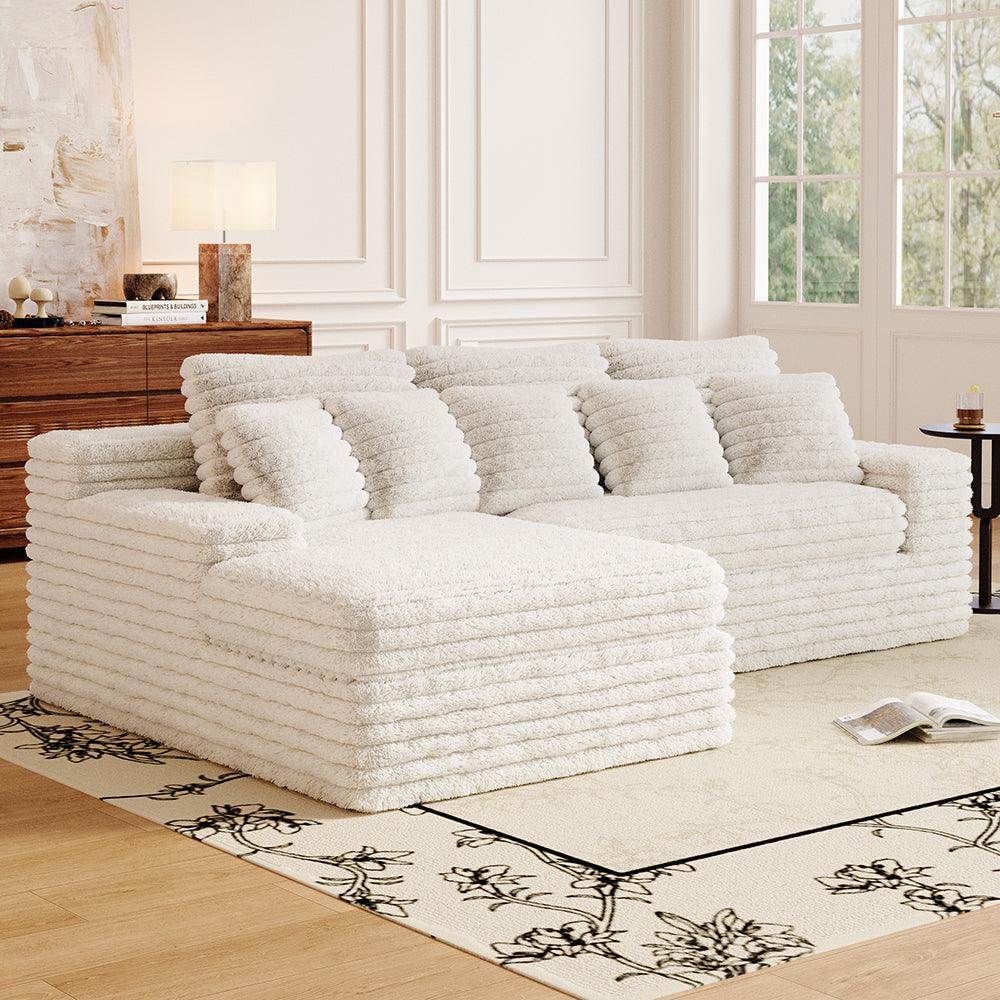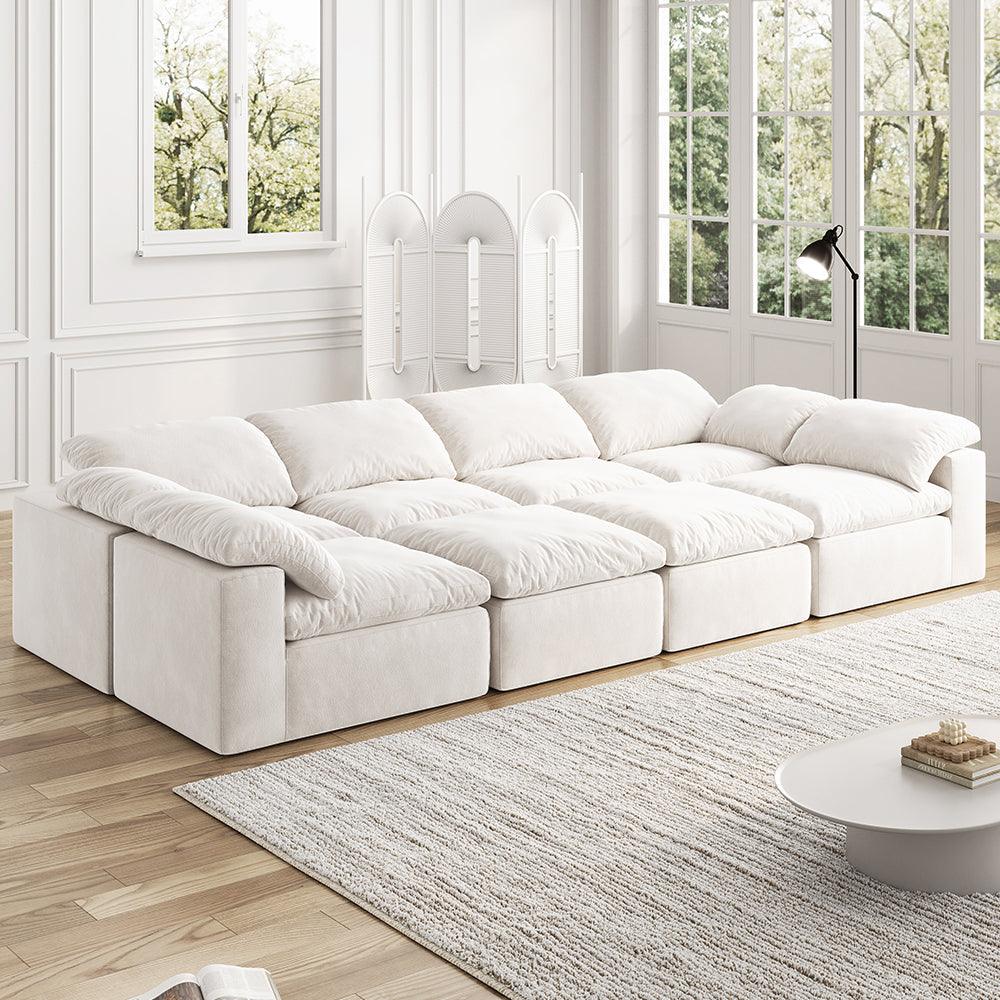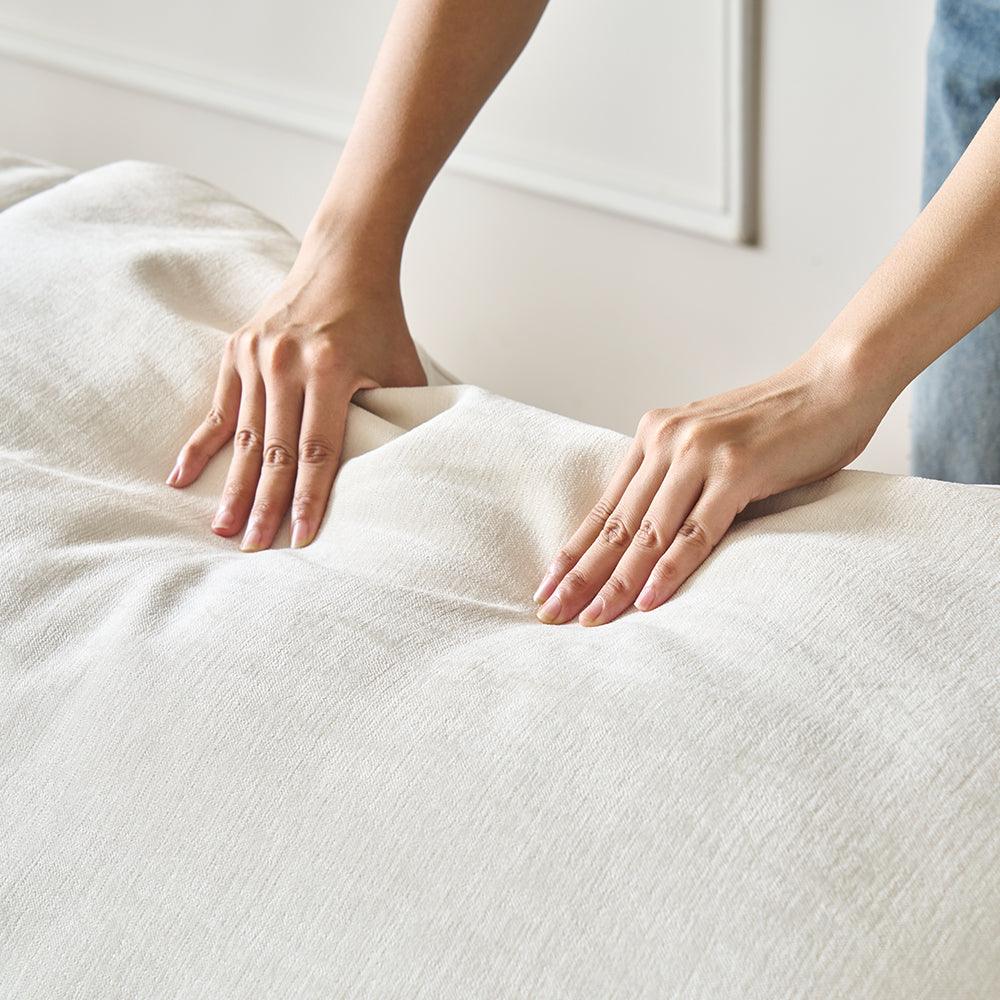
How to Sit on a Sofa with Sciatica
For patients with sciatica, it is important to pay attention to certain postures and sofa choices when sitting on the sofa. It is recommended to choose a hard, supportive, and comfortable L-shaped sofa to alleviate pain and discomfort. Here are some suggestions:
1. Choose a suitable sofa:
Choose a high-density rebound sponge sofa with support to avoid being too soft. Prioritize choosing an L-shaped sofa, which can be used for both sitting and lying down. The depth of the sofa seat should be moderate to ensure that your feet can rest flat on the ground, avoiding excessive knee bending or hanging.
2. Adjust sitting posture:
When sitting, keep your back straight and avoid hunching or leaning forward, which can reduce pressure on the lumbar spine and sciatic nerve. Try placing a cushion or pillow at the waist to provide additional support and relieve pressure on the waist. If possible, use a footstool or elevate your feet so that your knees are slightly above your hips, which can help reduce sciatic nerve tension.
3. Avoid prolonged sitting:
Sitting on the sofa for a long time may worsen sciatica, so it is recommended to regularly get up and exercise, stretch the body, and relieve muscle tension. You can set a timer to remind yourself to get up and walk around every once in a while.
4. Consider using auxiliary tools:
If the pain is severe, you can consider using a hot compress pack or cold compress pad to relieve the pain and inflammation. On the advice of a doctor, specialized cushions or support devices can be used to relieve pressure on the sciatic nerve.
In short, for patients with sciatica, choosing an L-shaped suitable sofa, adjusting sitting posture, avoiding prolonged sitting, and paying attention to the items on the sofa are all very important. If the pain persists or worsens, it is recommended to seek medical advice and treatment promptly.
For more knowledge about sofas, please click on the link to view
For example:
How to clean plush fabric sofa?



